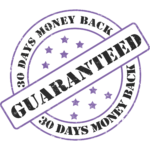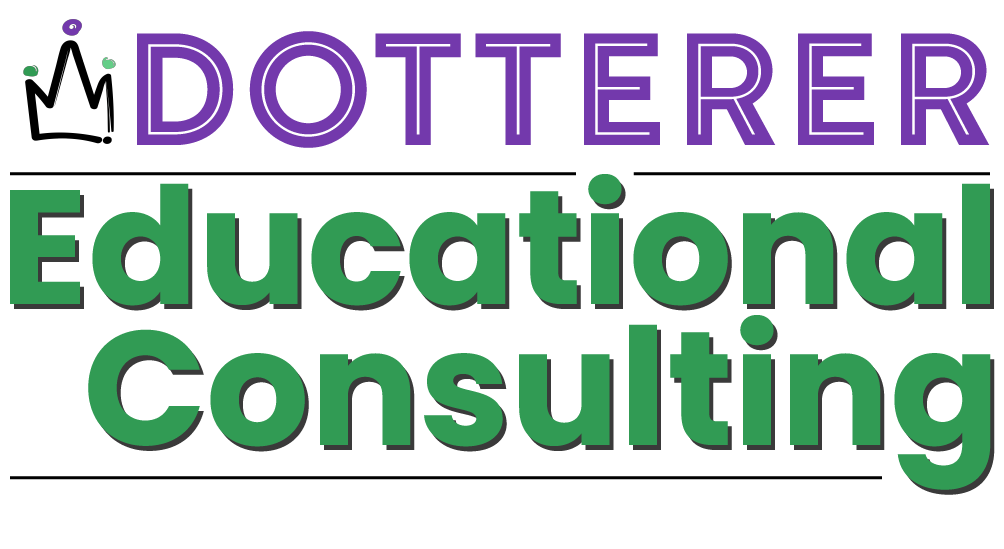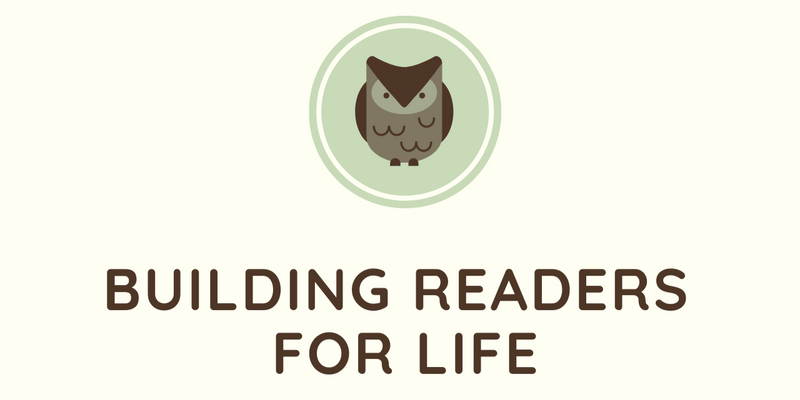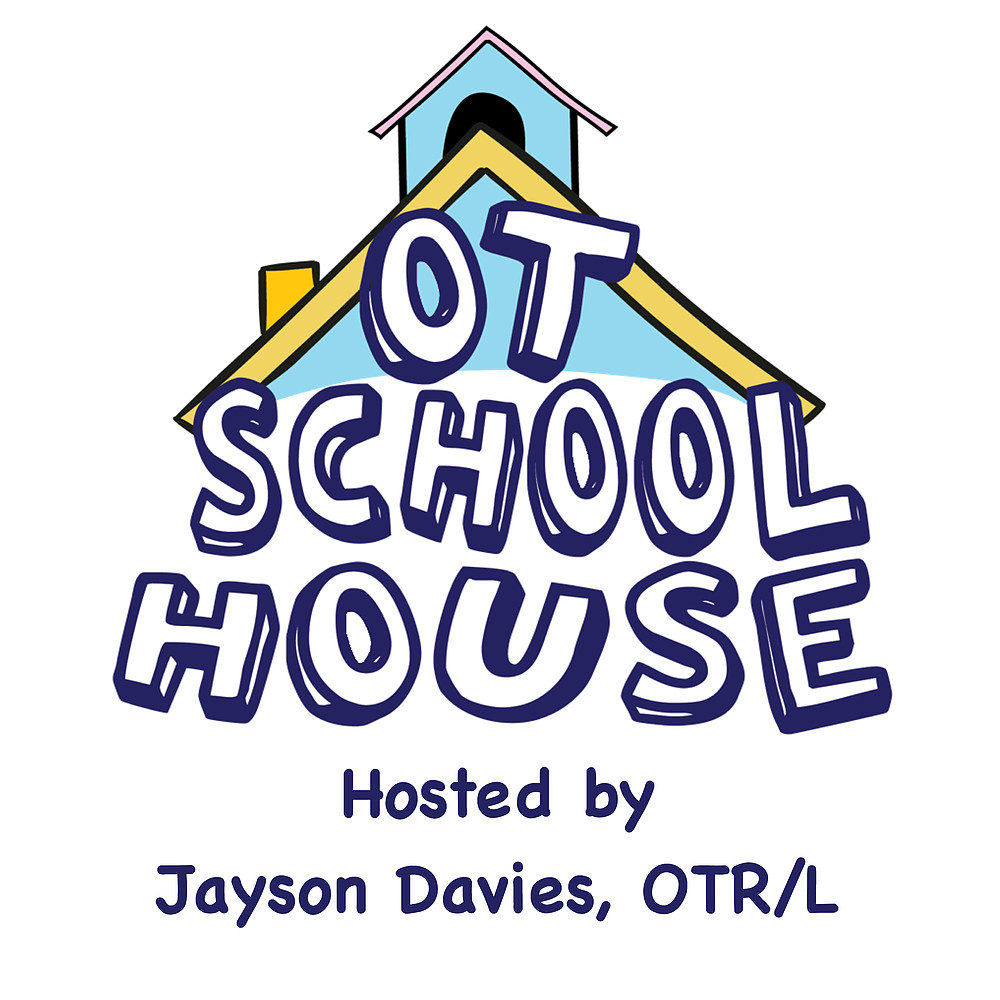Give your students the tools to change how they approach writing
Overcome the fear of writing by understanding how the brain works
Change their Brain
Change their Body
Change their Spirit
Dotterer Educational Consulting provides professional development to improve writing skills through efficient lesson planning for regular education classrooms.
Teachers
Designing inclusive lesson plans that promote writing skills for all students.
Therapists
Designing programs that facilitate co-teaching in regular education classrooms.
Parents
Designing home programs that help their students complete homework without tears.
Let your conversation be always filled with grace, seasoned with salt, so that you may know how to answer everyone. ~Colossians 4:6
Create a better educational experience in your classroom
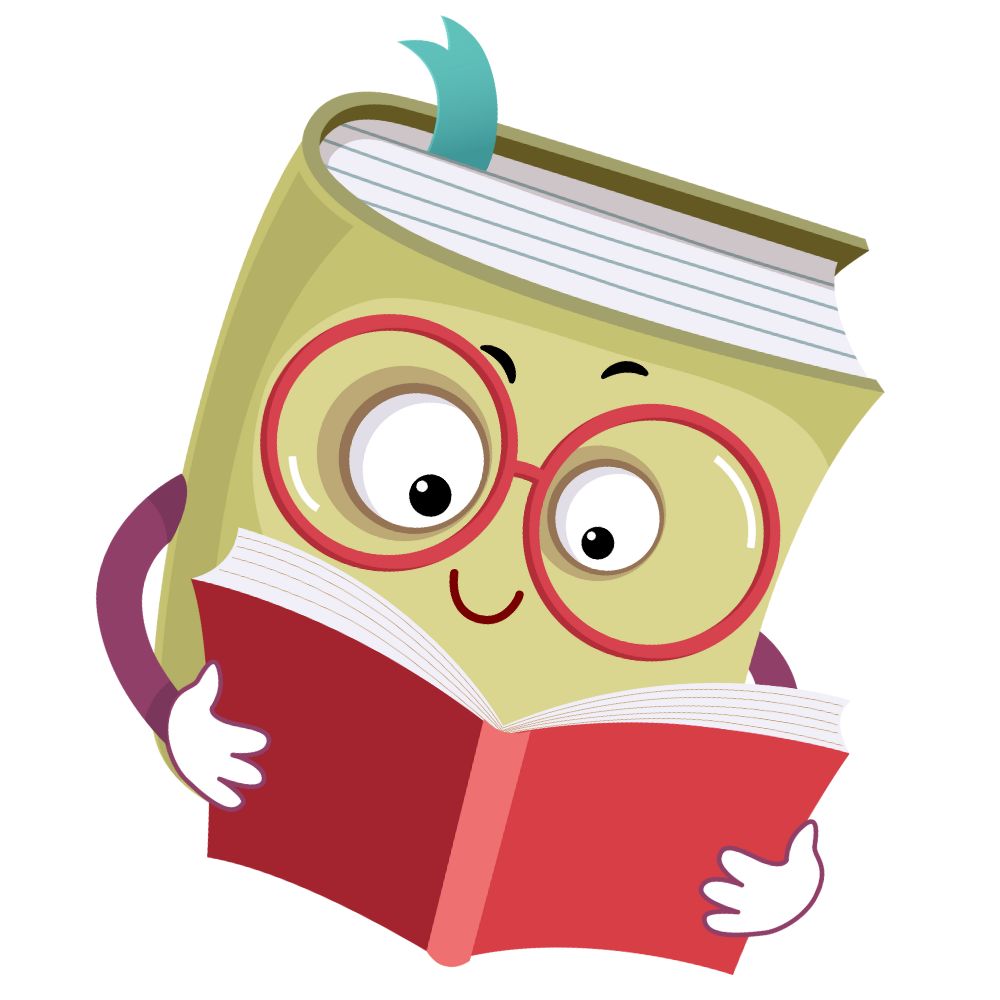
Improve Proficiency
Seventy-five percent of fourth graders are writing at a basic, rather than proficient, level. Both neuroscience and positive psychology emphasize the importance of the social-emotional connection to learning as a way of overcoming any difficulties.
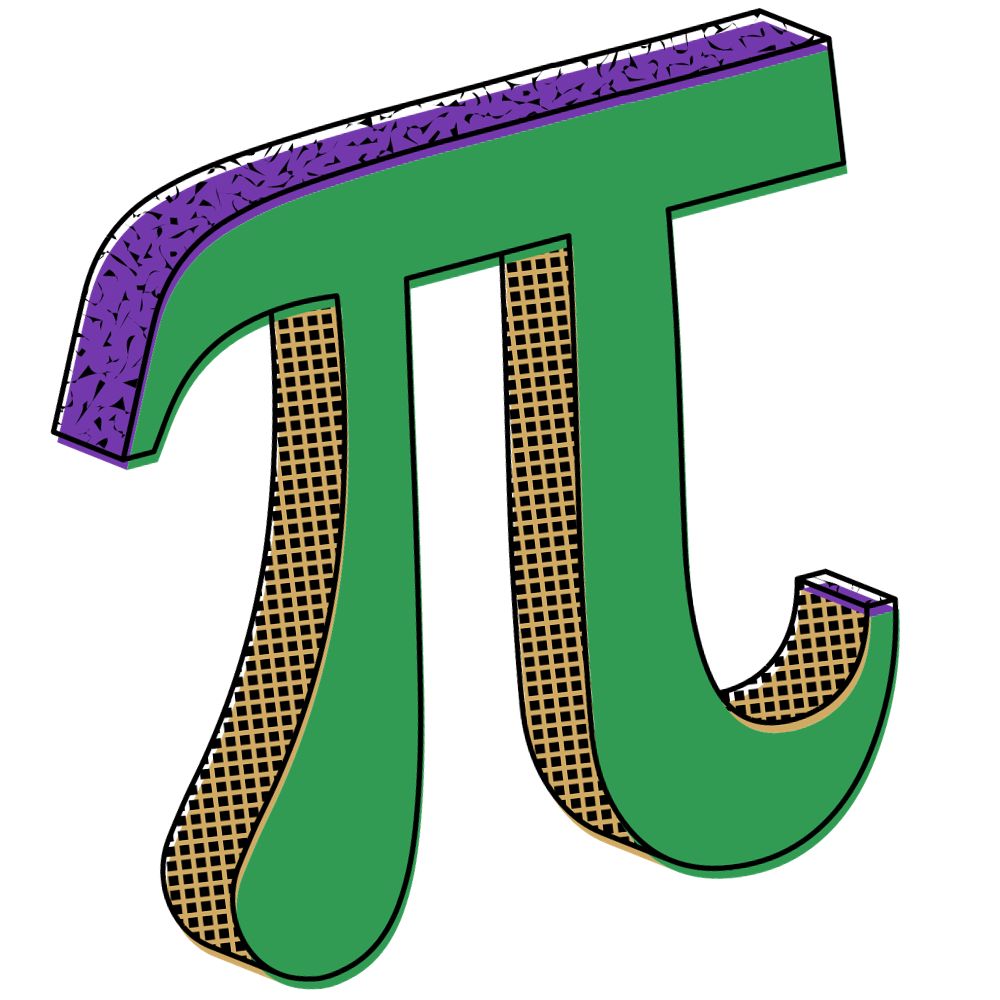
Boost Engagement
It is crucial to instill lifelong learning by emphasizing autonomy and creativity. Utilize unconventional methods to increase student involvement and revolutionize your learning environment through an integrated, interdisciplinary strategy across all areas of study.

Transform Lives
Be the educator, occupational therapist, or parent that looks beyond the surface of the student. Create a foundation for them to excel in their studies, no matter what grade level they are at. Most importantly, become the one person they will always remember fondly from their childhood
Meet Cheri

Classroom Coach
Lesson Plan Whisperer
Cheri is an occupational therapist experienced in writing challenges, an educational advocate, and a former substitute teacher. She has a passion for enhancing classroom engagement and productivity. She and Joniy Zupancic are the creators of Focus Triggers, a method designed to help teachers improve student attention and motivation for learning. Cheri is the author of the award-winning book Handwriting Brain-Body DisConnect and a contributor to the Routledge International Handbook of Visual Motor Skills, Spelling, and Handwriting. She hosts The Writing Glitch and is co-host of Tier 1 Interventions podcasts. Suffering from dysgraphia, she offers teachers a unique perspective to help students. She has been married to her first husband for over 30 years. They have two adult children and a fur baby.
Aristotle said, “Courage is the first human virtue because it makes all others possible.”
From my heroes, Esther and Mordecai
You were put with the specific children you have been placed with for such a time as this.
Be blessed by them. Bless them.
Cheri is a…
… Speaker
Keynote
Keynote presentations are designed to provide an overview of dysgraphia and discuss interventions to support it.
Workshop
These all day events contain the definition, evaluation, intervention, and outcome measures to support dysgraphia.
Breakout Session
The sessions introduce targeted daily interventions to benefit all students.
… Author
Ranked in Amazon’s top 100 for Handwriting Reference and Learning Disability, Handwriting Brain-Body DisConnect helps child development professionals better understand their students who struggle with handwriting.
This groundbreaking book helps them understand how many students suffer daily because they struggle with handwriting.
From Response to Intervention to the Individualized Education Program, this book provides strategies readers can use at a moment’s notice.
Your book is one of the most used resources in my school based practice.
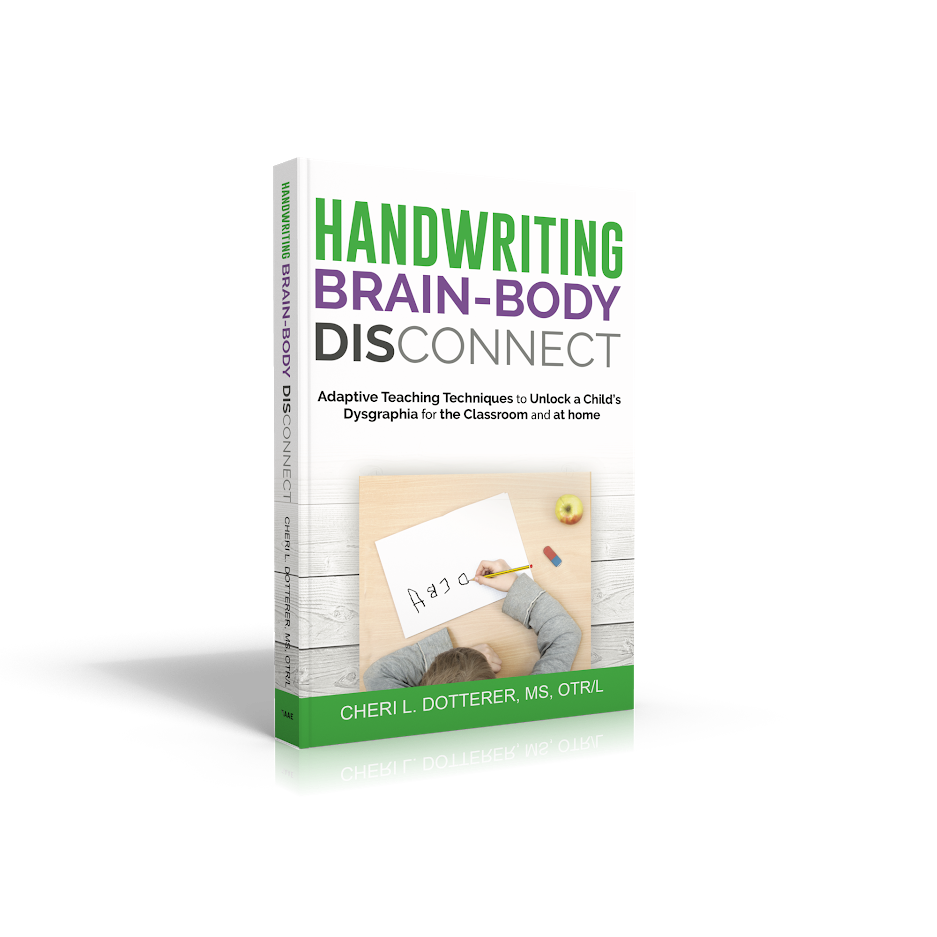

… Podcast Host
The Writing Glitch Podcast
The Writing Glitch Podcast is an interview-based podcast that releases episodes on the 2nd and 4th Tuesday of the month. Interviews focus on improving writing skills for students in whole classrooms, small groups, and one-on-one situations.
Tier 1 Interventions Podcast
Reinvent the 21st-century classroom using the Tell Me About Method and Focus Triggers. Join co-hosts Jonily Zupancic and Cheri Dotterer on the 1st and 3rd Tuesday of the month, where they bring you whole classroom Interventions.
Pocket Cast
This limited-edition podcast offers intervention strategies to support teachers and therapists in learning neurodevelopmental techniques to help students in the whole classroom with host Cheri Dotterer.
… Course Creator
Writing interventions can be quick, grab-and-go strategies available to all students. Or, they may need small group or one-on-one discussions to isolate and determine the best interventions. Some interventions can be used in all three settings. Check out these writing intervention courses that best support how you see your students.
Tier 1 Interventions
Do you have students who struggle with achievement, motivation, self-regulation, and independence? Education deficiencies result from a slower formation of the neurological pathways for reading, writing, and mathematics. All pathways form at different times. They are not simultaneous, yet they are. Provide rich educational experiences for all students.
Tiers 2&3 interventions
Students with disabilities often lack access to advanced learning opportunities, further perpetuating the division between the haves and have-nots in the classroom. Establishing a solid neurological foundation for learning begins with developing sensory-motor-memory skills. Learn how to differentiate dysgraphia interventions for small group and 1:1 interventions.
Get Certified
Certification requires the completion of Tiers 1, 2, and 3 Interventions. After completing all prerequisites, participants must participate in the Dysgraphia Discussion Group. Pre-authorization is necessary to take this program. Complete the attached application.
If I need help, Cheri is always accessible. That is what makes her unique and appreciated.
I found that your course made it easier to explain dysgraphia to others.
I use it in my instruction as an adjunct professor.
